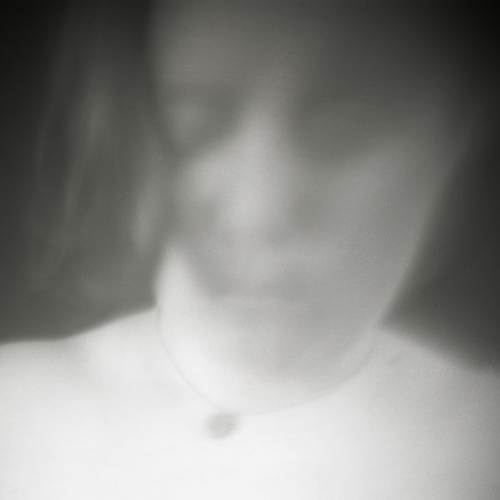Philadephia’s Project Basho have announced their Fall 2007 class and workshop schedule:
Fall Classes and New Workshops
We would like to let you know that the fall schedule for photography classes and workshops at Project Basho has been finalized and is posted on our website. We have exciting workshops coming this fall. As usual, we are offering beginner and intermediate black and white classes along with an introductory color class. These classes are very small with a lot of feedback from instructors and are very structured with ongoing assignments. We also offer an afterschool class for teenagers.
In addition to our regular workshops like an introduction to large format photography and palladium printing, we are featuring some exciting programs this fall. We are inviting Shelby Lee Adams again but this time for a Location Lighting workshop where participants will learn the intricacy of lighting with the mixture of natural and artificial light. This use of lighting is considered to be essential for today’s editorial and commercial photographers. Shelby will deconstruct other notable photographers’ lighting techniques and walk you through the process making it approachable.
We are offering Creating a Photographer’s Artist Book by Olivia Antsis. If you have ever had a desire to create a one-of-kind book of your photographs and learn the basics of bookbinding, this workshop is for you. Photographers will learn how to use their photographs to make compelling visual narratives.
In October Craig Barber will lead Cultural Landscape, the workshop which will expand your understanding of landscape photography. He will explore how photographers portray cultural impact on the environment and also look at how the photographer’s own culture affects their vision.
In November, we are inviting Kerik Kouklis to offer a One-day Gum over Platinum Printing workshop as well as another Wet-Plate Collodion workshop. Kerik covers these historical processes in a friendly and approachable manner and his workshops have been very well received in the past.
Kevin Martini-Fuller will be offering an Introduction to Studio Lighting as well as Nude: Form and Light and Carbon Printing.
Last but not the least, there are still a couple of more summer workshops scheduled and some more opening left: Introduction to Studio Lighting workshop by Kevin Martini-Fuller and Gum Bichromate workshop by Scott McMahon.
Lecture Series Starting This Fall
Our first lecture series in May with Shelby Lee Adams was a great success and we are looking forward to more occasions like this. When we finish our new multi-purpose room, we will be bringing a lecture series to the Philadelphia photography community.
We are scheduling one lecture a month this fall. The first one will be by Shelby Lee Adams again in September. We are working closely with The University of the Arts and hope to run Shelby’s lecture in a larger space at UArts.
In October, we are inviting Craig J. Barber, and he is going to share his work and his latest book. This will be his first lecture in Philadelphia. In November, Kerik Kouklis is scheduled to join us.
A Gallery Space Opens This Fall
As you know, we have been working on the second phase of construction, and we will soon finish the space. Starting in October, we will be showing photographs on our walls.
The main gallery room is 600 sq ft with a 14ft ceiling and unique architectural details. The gallery also extends to a 40′ long hallway in the studio. That is over 100 liner ft. space for hanging photographs. We will be slowly and thoughtfully developing a series of photography shows which are visually stimulating as well as thought-provoking.
Tintype Portraiture Session During POST
October is the time for the Philadelphia Open Studio Tours. It is a great occasion where many artists’ studios will be open to public. As an artist-run organization, Project Basho is happy to be part of this unique annual event.
In order to provide an occasion for raising awareness and appreciation of historical photographic processes, we are having tintype portraiture sessions during POST. Tintypes have peculiar qualities which are difficult to reproduce with other technologies. For a small fee, you can have a one-of-a-kind tintype photograph made of you while you are visiting the studio. We will be running the sessions on both Saturday and Sunday. You are also more than welcome to come by to see how the process is done.
More Exciting Projects
We are working on a couple of other exciting projects right now. They have something to do with the use of our gallery space both physically and online. We hope to be able to make an announcement by the end of summer, so stay tuned with our latest development at Project Basho.
For more information and updates, please feel contact us or visit our website.
Project Basho
1305 Germantown Ave.
Philadelphia, PA 19122
US
215-238-0928
www.projectbasho.org
